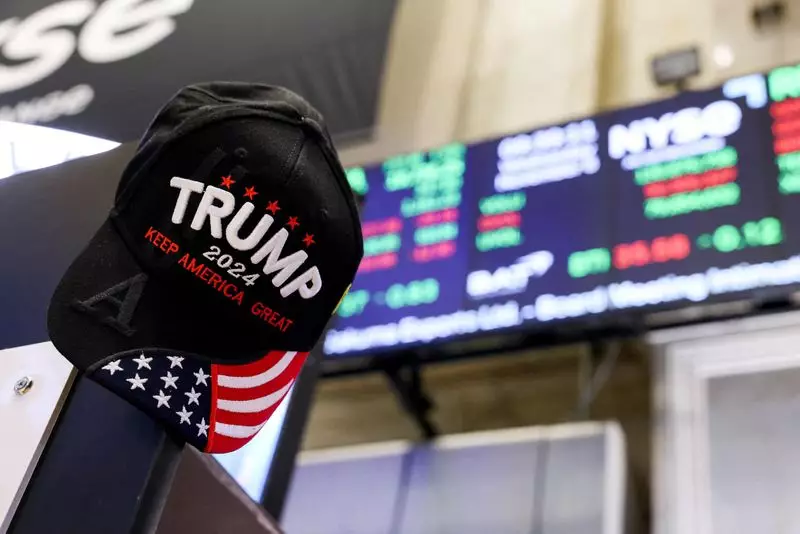In the realm of global finance, currency markets play a pivotal role, and the recent behavior of the U.S. dollar has captured significant attention this week. After a brief period of weakness, the dollar is making a comeback, aided by unexpected support from President-elect Donald Trump. This is noteworthy because Trump’s past rhetoric often suggested a preference for a weaker dollar to combat the trade deficit. Such a pivot in narrative signals to investors that the new administration might not exert pressure on the currency, which has important implications for market dynamics. The dollar’s revival is influencing both domestic and international currencies, particularly the Chinese yuan, which has hit its lowest point against the dollar in three months, prompting concerns about China’s economic stability amidst ongoing global trade tensions.
The strengthenign dollar is not only affecting the yuan but is also making headway against the Japanese yen, which has been trading above the 150.50 mark per dollar. This development is occurring alongside a backdrop of hawkish remarks from Bank of Japan (BoJ) Governor Kazuo Ueda, who suggested that the conditions for an interest rate hike are strengthening due to robust economic data. Specifically, reports indicating a notable 8.1% increase in Japanese business investment during the third quarter are encouraging market speculation regarding a potential interest rate increase at the upcoming December policy meeting. As investors calculate the probabilities of this move, the market currently assigns a 65% chance of a quarter-point hike, hinting at a sea change in Japan’s traditionally accommodative monetary policy stance.
Turning to the United States, the anticipation surrounding upcoming economic reports, particularly the ISM surveys and non-farm payroll data for November, is palpable. Estimates predict that the job market bounced back with around 195,000 jobs added in November, but the variability in forecasts—from a conservative estimate of 160,000 to a more optimistic projection of 270,000—underscores the uncertainty facing the market. Economic analysts at JPMorgan argue that impacts from the recent hurricanes and labor strikes might have artificially suppressed earlier job figures, and as such, the payrolls could exceed expectations. However, even with an anticipated rise in job growth, projections suggest a possible uptick in the unemployment rate to 4.2%, which closely aligns with the Federal Reserve’s dot plot projection of 4.4%. This tension presents a complex juxtaposition for the Fed as they contemplate interest rate adjustments at their December meeting.
Across the Atlantic, the European Central Bank (ECB) is also navigating a critical juncture, with market participants expecting at least a modest cut of 25 basis points by mid-December, and some are even considering the potential for a more aggressive 50 basis point reduction. Such expectations stem from a stark contrast in interest rate policies between the ECB and the Fed, where current rates in Europe are remaining comparatively lower. This disparity not only risks putting pressure on European bonds, particularly French securities, as highlighted by a precarious political situation involving the far-right National Rally potentially undermining Prime Minister Michel Barnier’s administration. The specter of a fiscal budget that could escalate the deficit to 6% of GDP raises alarms about borrowing costs in France, with observers comparing it unfavorably to Greece.
Finally, the situation with the Russian rouble warrants attention. Following a tumultuous week during which the currency nearly collapsed, the Russian government appears to adopt a laissez-faire approach to the rouble’s depreciation, possibly viewing it as an opportunity to enhance export revenues for commodities traded in dollars. Such strategies may have far-reaching consequences, not only for Russia’s domestic economy but also for global commodity markets.
Essentially, the interconnected nature of these currency and economic environments highlights a rapidly shifting landscape. Investors are advised to stay alert to the myriad factors that could influence future movements in currency values and interest rates, as any misstep could make or break market positions in this volatile atmosphere.

